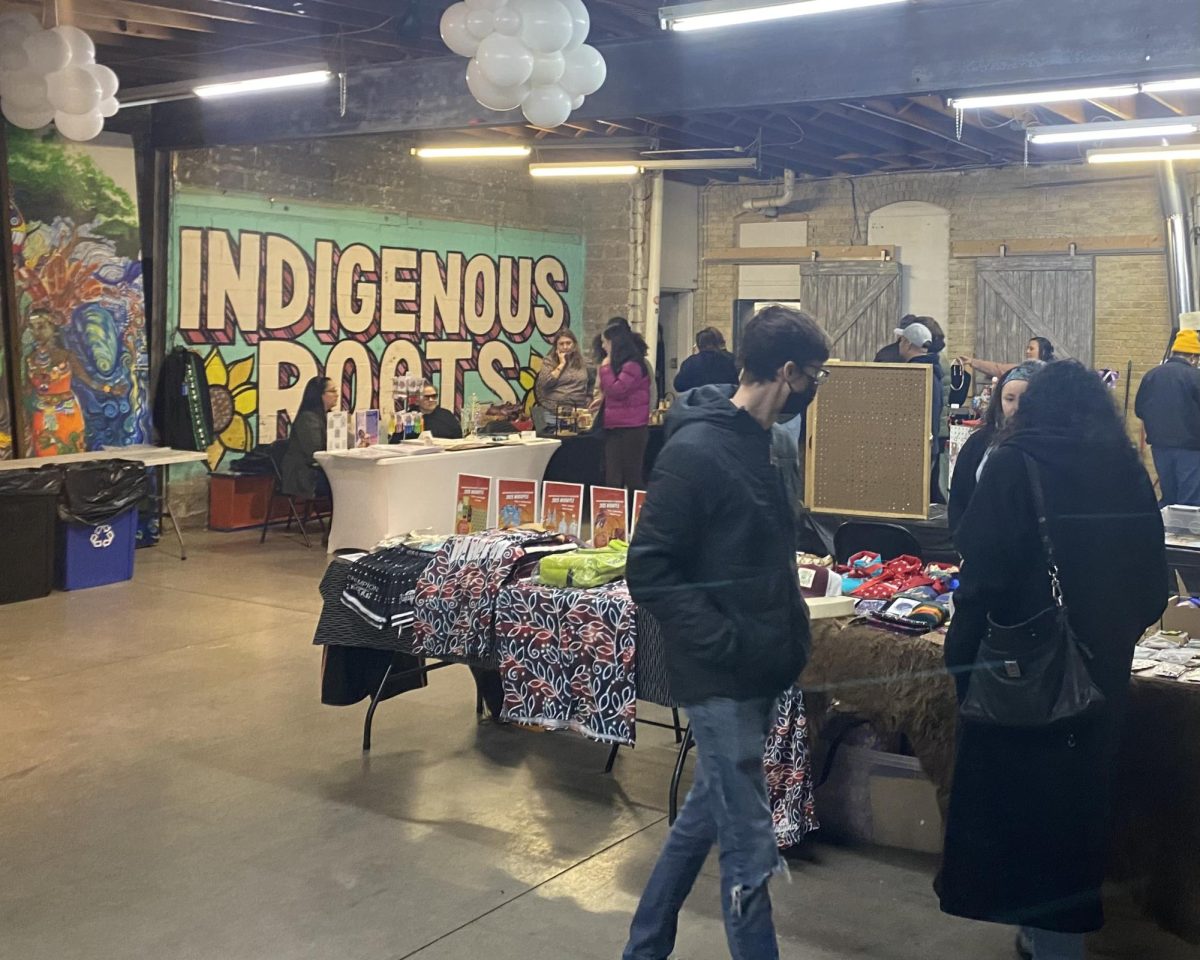What: âÄúNeighborsâÄù written by Branden Jacobs-Jenkins
When: Friday, Sept. 16 thru Sunday, Oct. 9
Where: Mixed Blood Theatre, 1501 S. 4th St., Minneapolis
Cost: No cost admission ($15 fee for guaranteed admission)
Stereotypes can be simultaneously funny and damning. Award-winning playwright Branden Jacobs-Jenkins fully exploits this paradox with his satire on steroids, âÄúNeighbors,âÄù opening Friday at Mixed Blood Theatre.
The Pattersons, a well-adjusted biracial family, have their status-quo adhering picket fence shattered when new neighbors move in next door, the Crows. But they donâÄôt just move in, they barge in wildly. The loud, rambunctious family of black entertainers sends the plot on a high-speed collision course of cultures.
The play pulls up the rug and un-sweeps a slew of stereotypes that are hilariously disturbing.
âÄúInside of every stereotype thereâÄôs some truth. A stereotype is an exploited idea,âÄù director Nataki Garret said. âÄúWe end up laughing at the things in the play that we recognize.âÄù
Yet using comedy as a way to discuss such touchy subjects can generate a fair amount of discomfort from a diverse audience. The 2010 Los Angeles production of âÄúNeighborsâÄù averaged eight walkouts a night.
Chris Hampton, who plays Jim Crow and was an understudy for the LA production, was assigned to observe the audience while the play was performed.
âÄúThereâÄôd be a white guy who would find a joke really funny, and he couldnâÄôt help but laugh. Then heâÄôd stop himself immediately and look at the black man next to him to see if it was OK for him to laugh at it,âÄù he said.
ItâÄôs this awkward discomfort that gives the play its strength. ItâÄôs not meant to be swallowed easily.
âÄúThe only way for theater to get to people is for it to take them out of their comfort zone,âÄù Hampton said. âÄúThis play does that better than most new pieces of theater.âÄù
The main source of the face-crinkling distress is the playâÄôs use of minstrelsy, a satirical technique that has been used for centuries to portray African-Americans as caricatures rather than real, relatable people. Blackface and all, each character is pigeonholed into an inescapable exaggeration of a human. The result is a perhaps not-so-hyperbolic sense of our current race relations that punches the audience in the gut.
âÄúHistory tends to forget the things that really bother us. And then we get caught up in some sort of frenzy when those things are brought to light,âÄù Garret said. âÄúItâÄôs when we donâÄôt talk about it and when we donâÄôt bring it forward. Not only do these ideas begin to fester, but they begin to resurface in ways that we actually have a lot less control over.âÄù
Despite shamelessly flaunting controversial subject matter, the play offers no solutions to the problem it creates. ItâÄôs more of a conversation starter than anything else.
âÄúItâÄôs one of the few plays thatâÄôs bold enough to really just ask a question and not give an answer,âÄù Hampton said. âÄúThe audience will walk out just wondering, now what?âÄù













